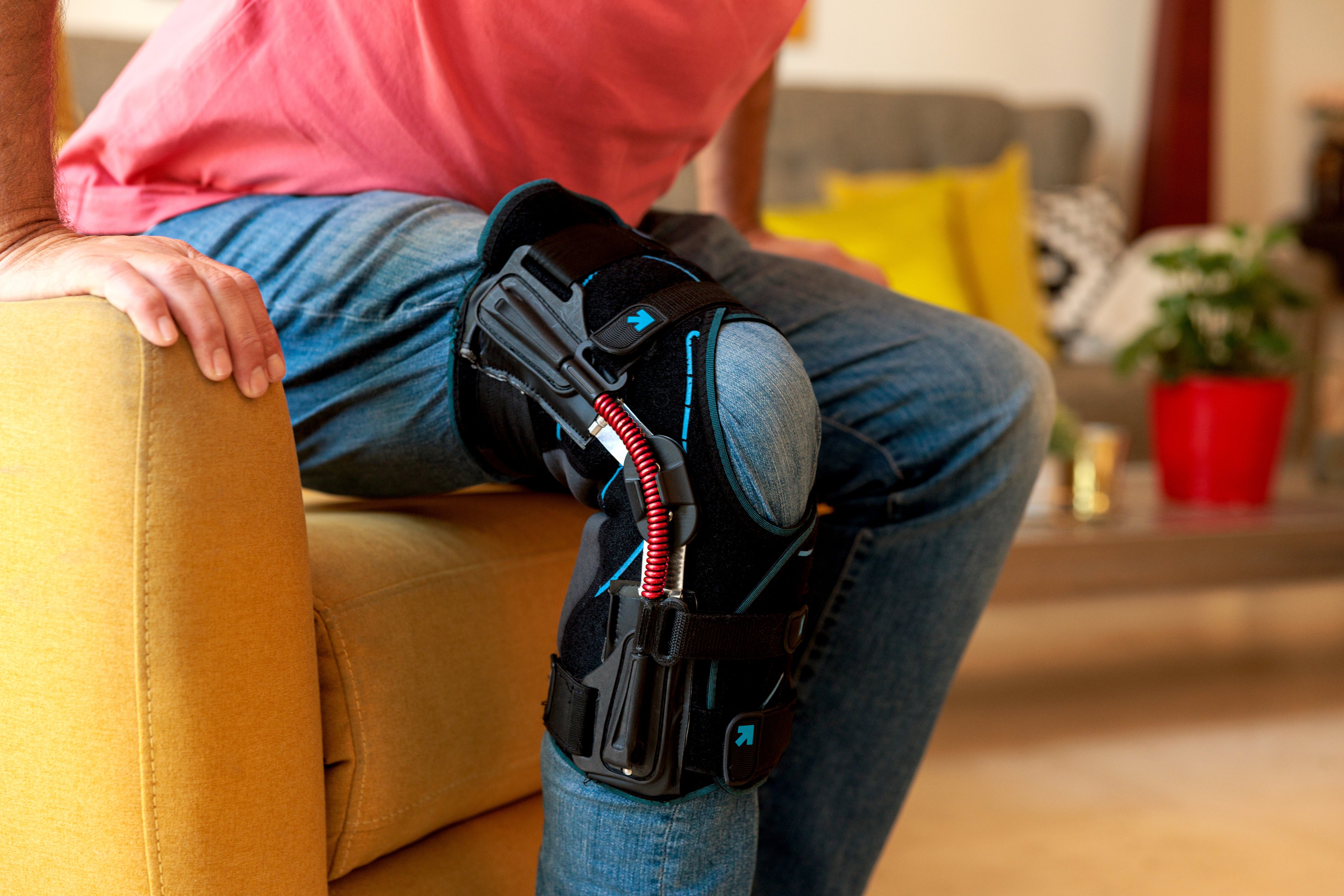The single biggest mistake that makes bad knees worse is ignoring proper knee support during daily activities, exercise, or recovery. Without using the right tools such as a knee support brace you place unnecessary strain on already vulnerable joints. This often accelerates pain, inflammation, and long term damage. Choosing the correct level of knee support and using it consistently can help stabilize the knee, reduce stress, and prevent worsening injury.
Why Knee Health Matters
The knee is one of the largest and most complex joints in the human body. It supports your body weight, absorbs impact when you walk, run, or jump, and allows a wide range of motion. When the knee is weakened whether from arthritis, ligament injuries, or overuse it becomes more prone to instability and pain. What might begin as mild discomfort can quickly escalate into chronic problems if the joint is not properly cared for.
The mistake of ignoring knee support is often subtle. Many people believe they can push through discomfort or that resting alone will solve the problem. However, without stability and protection, even simple movements can aggravate an existing condition.
How Ignoring Support Makes Knees Worse
When you move without adequate support:
- Added stress on ligaments and tendons - The knee joint must work harder to stabilize itself, which can strain the ACL, MCL, or meniscus.
- Worsening inflammation - Lack of compression can allow swelling to increase, which makes healing slower and pain more persistent.
- Increased risk of re-injury - For people recovering from sports injuries or surgery, skipping a knee support brace or knee sleeves for pain often leads to setbacks.
- Faster wear and-tear - For those with arthritis, unprotected knees may experience faster cartilage breakdown.
In short, not using knee support is like driving a car with worn out tires it might move for now, but long term damage is guaranteed.
The Role of a Knee Brace
A Knee Brace is one of the most effective tools to prevent this mistake. Designed to stabilize the joint and limit harmful movement, a brace helps distribute pressure evenly. There are different types of braces:
- Functional knee braces - For those recovering from ligament injuries, they restrict risky motion.
- Rehabilitative braces - Often used after surgery to control range of motion.
- Prophylactic braces - Used by athletes to reduce injury risk during sports.
Wearing the right knee support brace provides both physical stability and psychological confidence. Knowing your knee is protected allows you to move more naturally without fear of sudden pain.
Knee Support Sleeves: Everyday Protection
Not all situations require a rigid brace. For daily use or mild discomfort, a knee support sleeve is often more practical. These sleeves are made from elastic materials that provide gentle compression, which:
- Improves blood circulation.
- Reduces swelling after activity.
- Keeps the joint warm to maintain flexibility.
- Offers light support without restricting mobility.
For many people with early stage knee pain or arthritis, knee sleeves for pain are the ideal solution. They slip on easily under clothing and can be worn at work, during light exercise, or even while sleeping.
Knee Support vs. Over-Resting
Another mistake people often make is the opposite extreme resting too much. While rest is important after acute injury, prolonged inactivity weakens the muscles surrounding the knee. Weak muscles place even more pressure on the joint itself.
The correct approach is balance: combine targeted movement with reliable knee support. For example, light strengthening exercises such as leg raises, bridges, or swimming can build supportive muscles while the brace or sleeve keeps the joint protected.
Signs You’re Making the Wrong Choice
You may be worsening your knee condition if you notice:
- Pain that increases after walking or standing.
- Swelling that does not subside after rest.
- Instability, such as the knee “giving out.”
- Fear of movement that limits your lifestyle.
These are all indicators that your knee is not getting the support it needs. Consulting a healthcare professional can confirm whether you require a Knee Brace, knee support sleeve, or a more advanced knee support brace.
Choosing the Right Knee Support
Every knee is different, and so is every case of knee pain. Here’s how to decide:
- Mild pain or arthritis - Opt for knee sleeves for pain that provide compression and warmth.
- Post-injury or surgery - Use a structured knee support brace for stability.
- Sports or high-impact activity - Consider a Knee Brace that prevents harmful twisting or hyperextension.
- Daily discomfort - A lightweight knee support sleeve can make walking, climbing stairs, or standing much easier.
Remember, the key is not to wait until the pain worsens. Early use of proper knee support can save you from long-term damage.
Additional Steps to Prevent Knee Pain
While knee braces and sleeves are essential, they work best as part of a larger knee-care strategy:
- Strengthen supporting muscles - Focus on quadriceps, hamstrings, and calves.
- Maintain a healthy weight - Every extra pound adds stress to the knees.
- Wear proper footwear - Shoes with cushioning and arch support help reduce joint impact.
- Avoid sudden, high impact activities - Gradual training prevents unnecessary strain.
- Listen to your body - Pain is a signal, not an obstacle to ignore.
The Psychological Impact of Knee Support
Ignoring support doesn’t just harm your joints it can also erode your confidence. Many people with bad knees begin to fear movement, which reduces quality of life. By wearing a Knee Brace or knee support sleeve, you can break this cycle. Feeling supported encourages safe activity, which strengthens your body and promotes healing.
Final Thoughts
The one mistake that makes bad knees worse is not using proper support. Whether it’s skipping a Knee Brace after injury, ignoring the benefits of a knee support sleeve, or assuming pain will fade on its own, the result is often the same: worsening damage and prolonged discomfort.
Taking action today by choosing the right knee support brace or knee sleeves for pain can protect your joints, speed recovery, and give you the confidence to move freely again. Don’t wait until the pain is unbearable support your knees now and invest in a healthier future.









